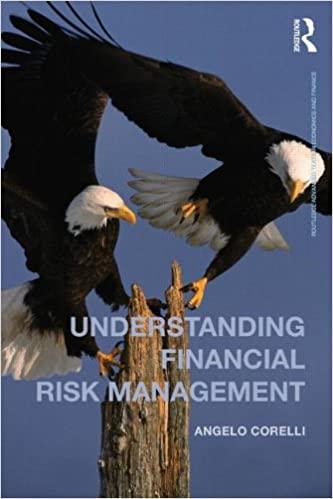How would the three-exposure hypothesis or recency theory apply to this advertising program in its initial stages?
Question:
How would the three-exposure hypothesis or recency theory apply to this advertising program in its initial stages? What about the second campaign after consumers are aware of the dog park?
Dog owners constitute a large target market. Most members share something in common: the desire to let the pet run free and unfettered. If other friendly dogs are nearby and want to play—all the better. The Running Free Dog Park was created to meet this need for owners in the greater Atlanta area. Out-of-home advertising can be the critical component of an IMC program and, in some cases, the primary medium. To help launch the new venture, a local advertising agency created a feeling of expectancy and mystery with a “Running Free Dog Park”
campaign.
The first billboard displayed a dog tied up with a leash; however, it was only a partial picture. The unfinished nature of the image helps capture interest. Next, the same dog is shown with an unfastened leash and the word “running” appears beneath the pet. In the final billboard, the dog appears unfetters, the leash is gone, and the message “Running Free Dog Park” appears. The billboard displays the services offered, the website address of the park, and the location of the park. In addition to billboards, street kiosks and bus wraps were used to get the message out.
Step by Step Answer:







